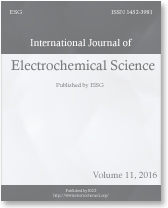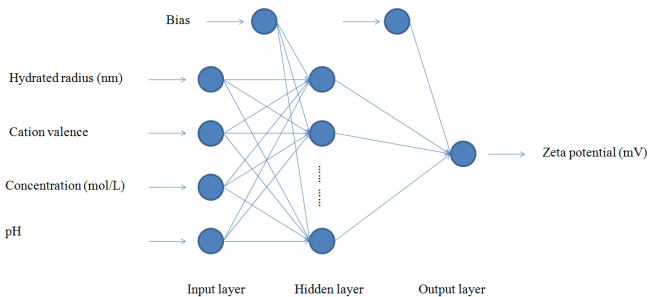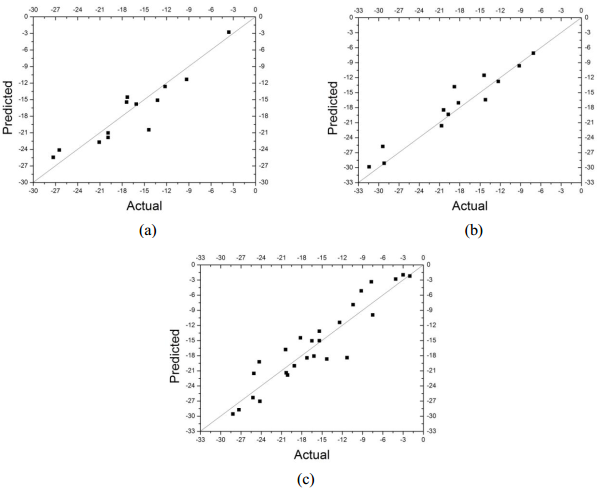【来自SCI的前沿论文】———Predictionof Zeta Potential of Decomposed Peat via Machine Learning:Comparative Study of Support Vector Machine and Artificial NeuralNetworks
作(著)者:陈福迪
导师:王斌
学术期刊或出版社名称:InternationalJournal of Electrochemical Science

期刊简介:InternationalJournal of ElectrochemicalScience期刊隶属于ESG出版社,学科分类为电化学方向,影响因子IF=1.469.
DOI:WOS:000359200400002
论文主要内容:
Zeta potential iscrucial for practical applications in electrochemistry. However, theprecise deterimination of zeta potential of decomposed peat iscomplex and has high requirements to related instructments. Previousstudy shows that zeta potential of decomposed peat can be predictedby backpropagation (BP) neural network. However, it lacks availablecomparisons and neglects the importance of the decomposed stages ofpeat and the required training times. Here, to extend this research,we propose a series of novel machine learning techniques includingsupport vector machine (SVM) and artificial neural networks (ANNs) topredict the zeta potential of decomposed peat.

Figure 1. Main structure of a support vector machine.

Figure 2. Mainstructure of a support vector machine.
Four indicatorsincluding hydrated radius (nm), cation valence, concentration (mol/L)and pH are set as independent variables while zeta potential (mV) isset as the dependent variable. The SVM, general regression neuralnetwork (GRNN) and multilayer feed-forward neural networks (MLFNs)are developed in different decomposed stages, including the slightlydecomposed peat, the highly decomposed peat and all decomposed peat.
Results show thatseparating the models based on the decomposed stages have betterprediction results than taking all decomposed peat in one model.During our studies, the SVM is the best model for the prediction tothe slightly decomposed peat (RMS error: 2.37, training time: 1s),while the GRNN is the best model for the prediction to the highlydecomposed peat (RMS error: 2.20, training time: 1s).

Figure 3. Testingresults of three zeta potential prediction models. a) SVM for theslightly decomposed peat; b) GRNN for the highly decomposed peat; c)SVM for all decomposed peat.
作者简介:陈福迪,水产与生命学院海洋生物学2014级研究生,主要研究方向为生态毒理学建模,硕士期间曾获得2015和2016年研究生国家奖学金,参与项目《基于IPv6的水产品物联网试验系统的设计与应用》,毕业论文题目为《有机磷酸酯对双齿围沙蚕幼体急性毒性预测模型的研究》。
作者生活照


